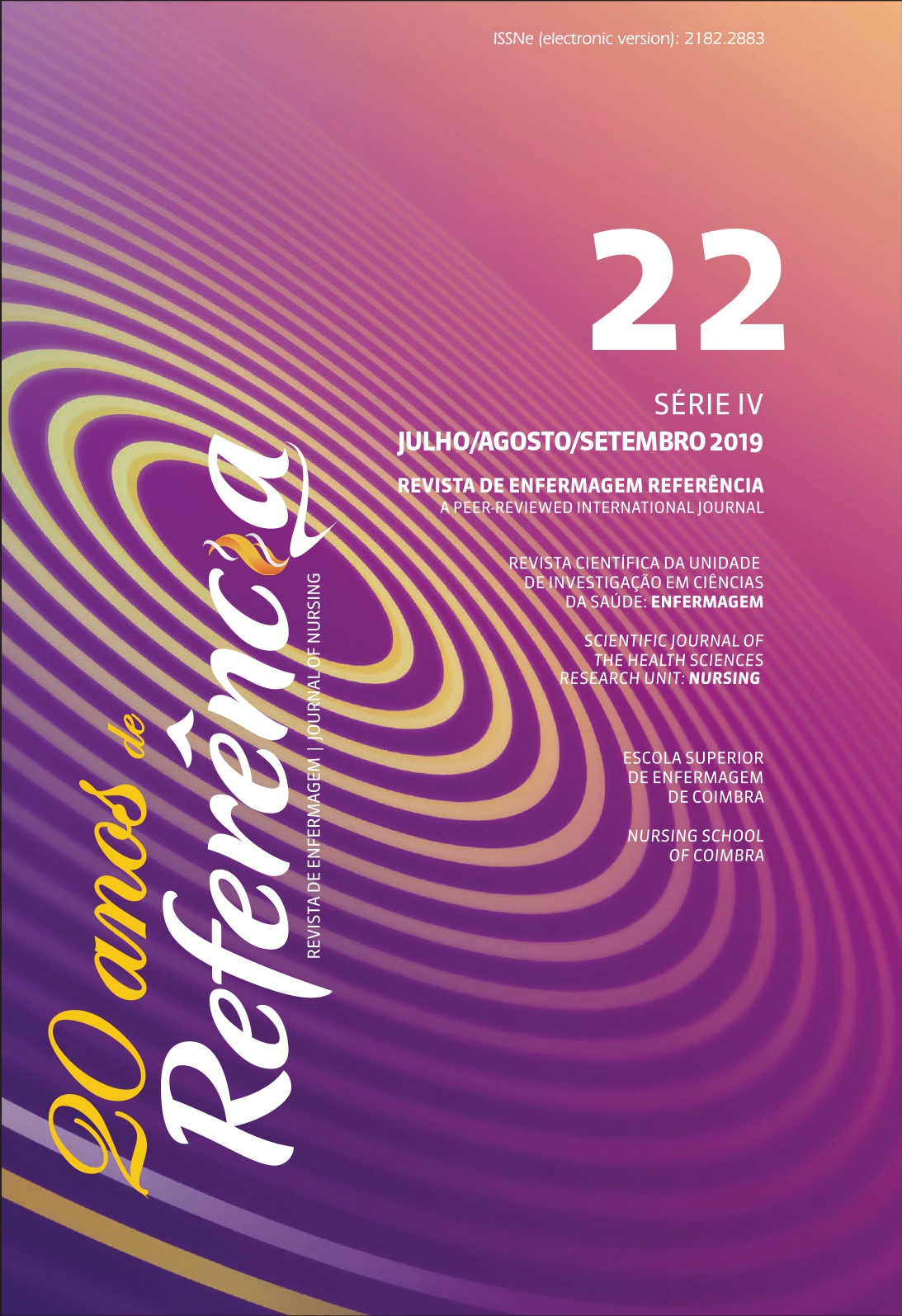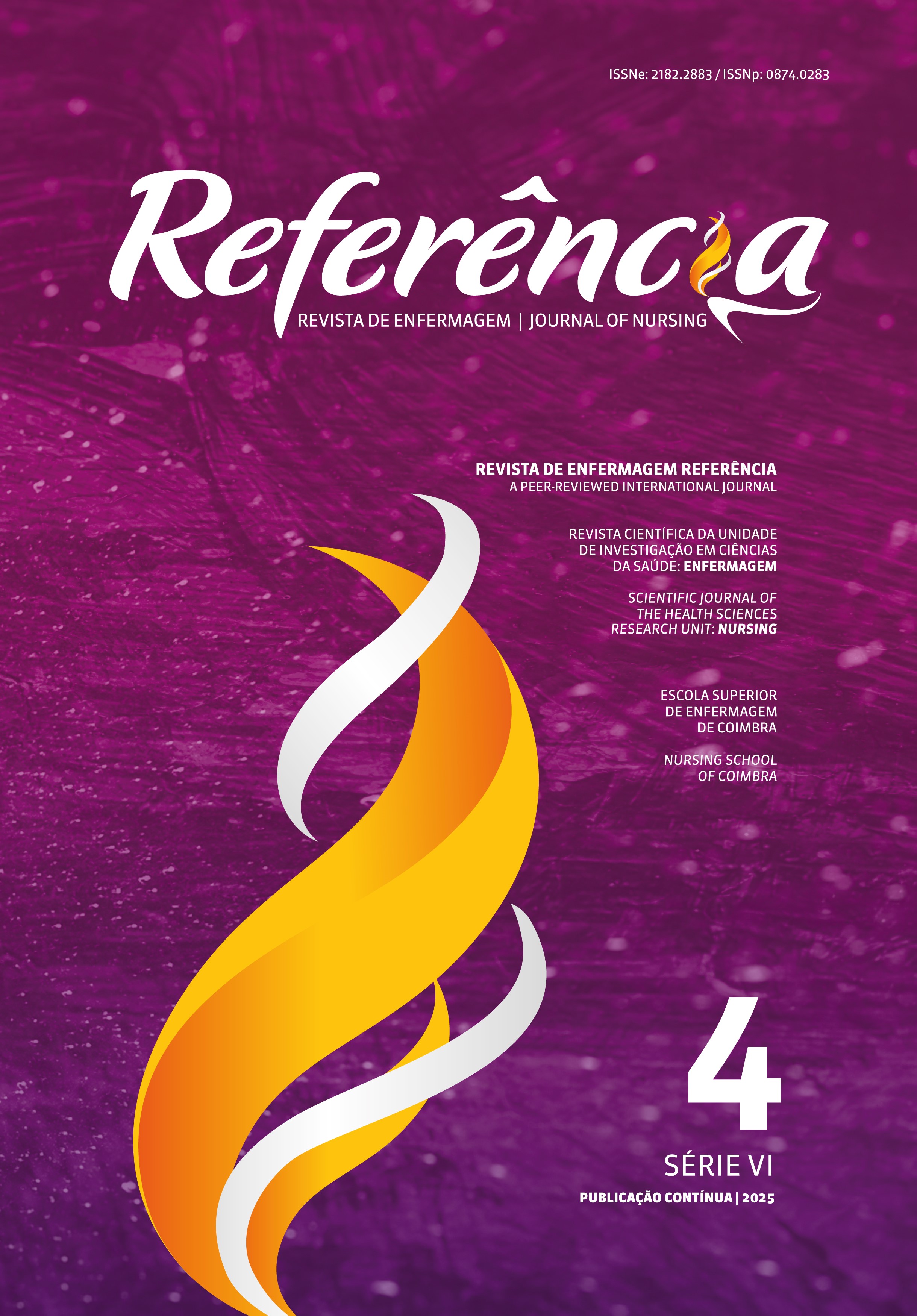Use of three types of walkers: impact on the functional performance profile of institutionalized older adults
DOI:
https://doi.org/10.12707/RIV19043Keywords:
aged, equipment and supplies, walker, functional performance profile, rehabilitation nursingAbstract
Background: Aging is associated with acute and chronic problems that interfere with older adults’ mobility and independence. There are several types of walkers available in the market with different functional performance profiles of older people which aim to compensate for physical limitations and prevent falls.
Objective: To compare the functional performance profile of institutionalized older adults taking into account the total time, gait speed, heart rate variability, and energy cost during the Expanded Timed Get-up-and-Go test using three types of walkers: fixed, two-wheeled, and four-wheeled walkers.
Methodology: One-group pretest and posttest quasi-experimental study in a convenience sample of 40 institutionalized older people.
Results: Significant differences were found in the total time (X2 = 15.65; p < 0.001) and gait speed (X2 = 15.80, p < 0.001).
Conclusion: There is no unique ideal solution among the types of walkers analyzed in this study, thus a tailored solution is desirable to meet institutionalized older adults’ characteristics and specific needs.
Downloads
References
Braun, T., Marks, D., Zutter, D., & Grüneberg, C. (2015). The impact of rollator loading on gait and fall risk in neurorehabilitation: A pilot study. Disability and Rehabilitation: Assistive Technology, 10(6), 475-481. doi:10.3109/17483107.2014.926568
Cetin, E., Muzembo, J., Pardessus, V., Puisieux, F., & Thevenon, A. (2010). Impact of different types of walking aids on the physiological energy cost during gait for elderly individuals with several pathologies and dependent on a technical aid for walking. Annals of Physical and Rehabilitation Medicine, 53(6), 399-405, doi:10.1016/j.rehab.2010.06.003
Edelstein, J. E. (2013). Assistive devices for ambulation. Physical Medicine and Rehabilitation Clinics of North América, 24(2), 291-303. doi:10.1016/j.pmr.2012.11.001
Instituto Nacional de Estatística. (2017). Disponível em Maio de 2017. Nível de escolaridade. Recuperado de http://smi.ine.pt/Conceito/Detalhes/3294
Lobo, A. J. (2012). Relação entre aptidão física, atividade física e estabilidade postural. Revista de Enfermagem Referência, 3(7), 123-130. doi:10.12707/RIII1181
Maria, E. C., & Rodrigues, S. (2009). Quedas no senescente: Equilíbrio e medo de cair. Revista da Faculdade de Ciências da Saúde, 6, 162-172. Recuperado de https://core.ac.uk/download/pdf/61007900.pdf
Mota de Sousa, L. M., Marques-Vieira, C. M., Caldevilla, M. N., Henriques, C. M., Severino, S., & Caldeira, S. M. (2016). Risco de quedas em idosos residentes na comunidade: revisão sistemática da literatura. Revista Gaúcha de Enfermagem, 37(4). doi: 10.1590/1983-1447.2016.04.55030.
Parreira, P. (2013). Processo empreendedor: Da ideia ao protótipo. Coimbra, Portugal: Escola Superior de Enfermagem de Coimbra.
Poier, P. H. (2013). Avaliação da oscilação corporal e marcha de idosos com a utilização de um andador com suporte de tronco desenvolvido na UTFPR (Dissertação de mestrado). Universidade Tecnológica Federal do Paraná, Brasil. Recuperado de http://repositorio.utfpr.edu.br/jspui/bitstream/1/744/1/CT_PPGEB_M_Poier%2c%20Paloma%20Hohmann_2013.pdf
Regulamento n.º 125/2011 de 18 de Fevereiro. Diário da Républica nº 35/2011 – II Série. Ordem dos Enfermeiros. Lisboa, Portugal. Recuperado de https://www.ordemenfermeiros.pt/arquivo/legislacao/Documents/LegislacaoOE/Regulamento%20125_2011_CompetenciasEspecifEnfreabilitacao.pdf
Regulamento n.º 350/2015 de 22 de Junho. Diário da República nº 119/2015 - 2.ª série. Ordem dos Enfermeiros. Lisboa, Portugal. Recuperado de https://dre.pt/home/-/dre/67552234/details/maximized
Silva, L. F. (2012). Projeto, desenvolvimento e implementação de um “guiador” num andarilho motorizado (Dissertação de mestrado). Universidade do Minho, Escola de Engenharia, Portugal.
Sousa, A., Martins, C., Silva, J., Santos, S., Tavares, J., & Henriques, E. (2014). Cuidado restaurativo: Uma nova filosofia no cuidado às pessoas idosas. Journal of Aging & Inovation, 3(2), 36-49. Recuperado de http://www.journalofagingandinnovation.org/wp-content/uploads/4-cuidado-restaurativo.pdf
Teresa, A. M. (2014). Estudo e avaliação da adaptação andarilho-doença do utilizador (Dissertação de mestrado). Universidade do Minho, Escola de Engenharia, Portugal.
Van Hook, F. W., Demonbreun, D., & Weiss, B. D. (2003). Ambulatory devices for chronic gait disorders in the elderly. American Family Physician, 67(8), 1717-1724. Recuperado de https://www.aafp.org/afp/2003/0415/p1717.html






















